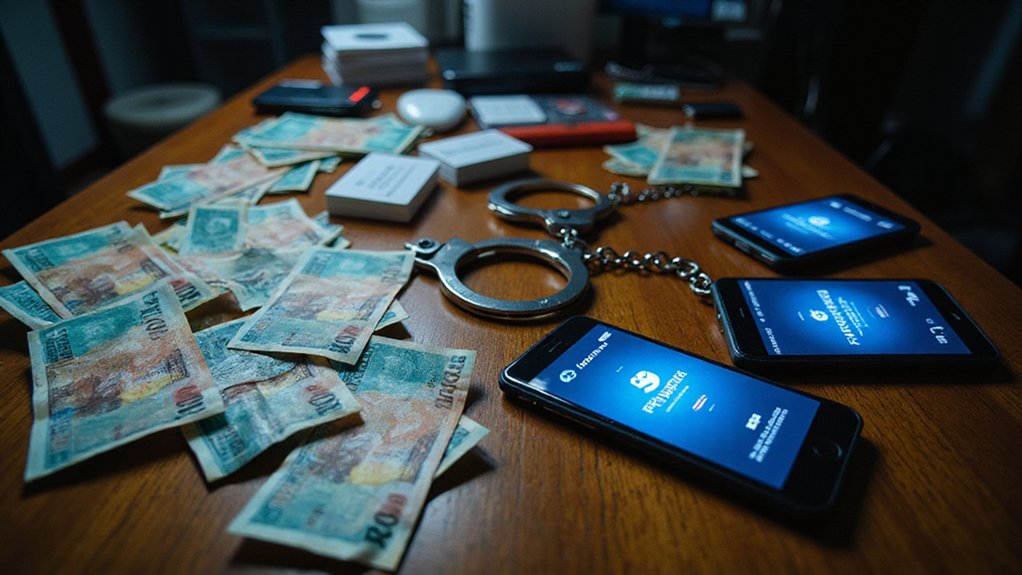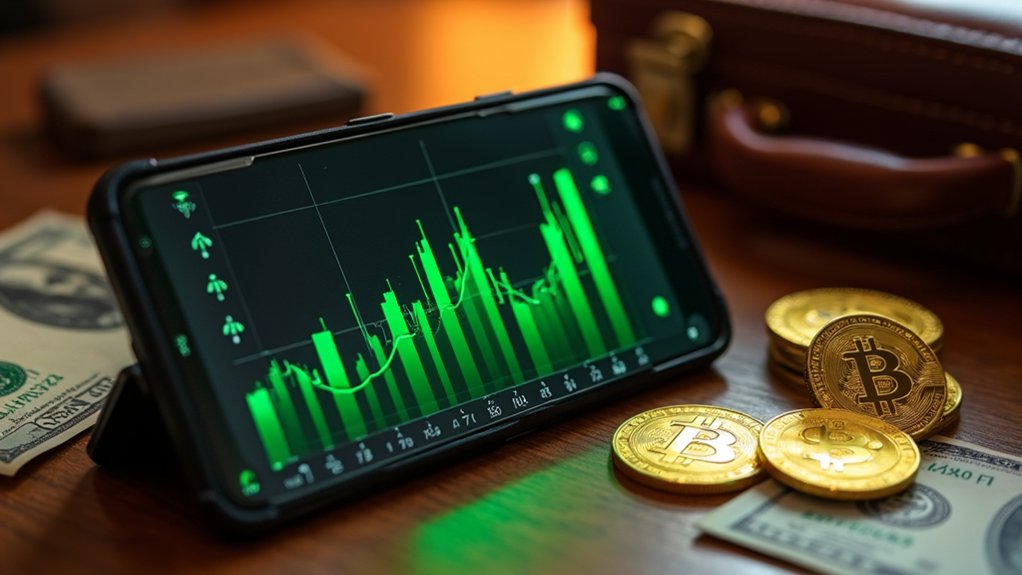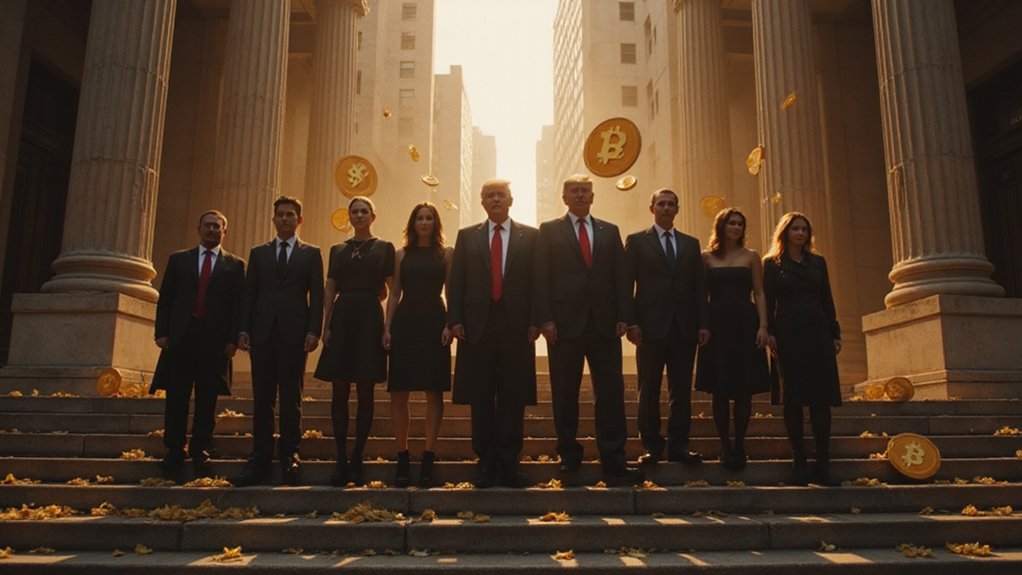The United States Secret Service has quietly assembled what amounts to a $400 million cryptocurrency war chest—though “assembled” might be too generous a term for what fundamentally constitutes the digital equivalent of raiding pirate treasure hoards.
Over the past decade, agents have systematically dismantled criminal networks, seizing digital assets with the methodical precision one might expect from an agency originally tasked with hunting counterfeiters.
The crown jewel of these operations involved a $225 million seizure targeting a sophisticated “pig butchering” scheme—a term that sounds almost quaint until one considers the devastating efficiency with which these operations fleece victims.
The fraud employed fake cryptocurrency investment platforms designed to mimic legitimate trading sites, complete with fabricated profit displays and withdrawal restrictions that would make casino operators envious.
Nearly 500 victims fell prey to this particular scheme, their funds scattered across multiple wallets on various centralized exchanges before Tether froze the assets in 2023.
The investigation required what authorities describe as “intensive weeklong law enforcement sprints,” involving rapid exchanges of transaction data between the Secret Service, FBI, U.S. Attorney’s Office, and private firms including Kraken and TRM Labs.
These collaborative efforts represent a fascinating evolution in financial crime investigation, where traditional law enforcement agencies now rely heavily on blockchain analytics and private sector expertise.
The Secret Service’s Global Investigative Operations Center has conducted training programs in over 60 countries, educating local authorities on cryptocurrency scam identification—a necessity given that many jurisdictions previously failed to recognize these crimes entirely.
The recovered funds now sit consolidated in a single cold-storage wallet, awaiting civil forfeiture proceedings designed to return assets to victims.
This approach aligns perfectly with the Secret Service’s original mandate against financial crimes, though one imagines the agency’s founders never envisioned pursuing criminals through blockchain networks rather than printing presses.
Criminal organizations employed increasingly sophisticated laundering techniques, utilizing multiple blockchain networks and imposing fake withdrawal fees to extract additional funds from victims. Investigators traced these complex money flows through peel chains and structured hops designed to obscure the original source of stolen cryptocurrency.
The global nature of these operations underscores why international cooperation has become critical—cryptocurrency fraud respects no borders, requiring law enforcement to adapt accordingly. Some investigations have revealed connections to platforms that once facilitated anonymous Bitcoin trading, including P2P marketplaces that enabled users to exchange cryptocurrency without traditional banking oversight. Kraken’s meticulous record-keeping proved crucial in supporting the investigation, enabling authorities to trace complex transaction patterns across multiple exchanges.









